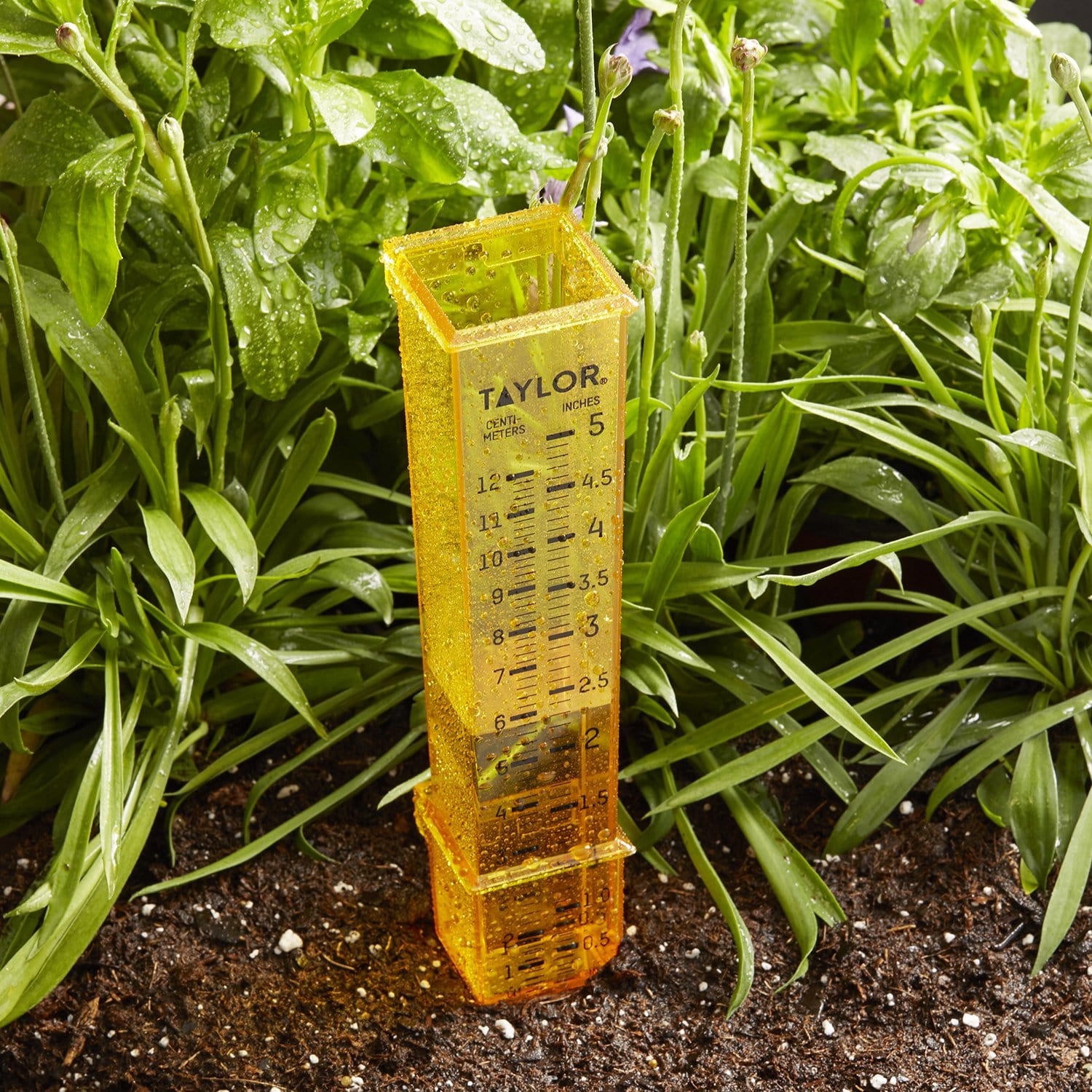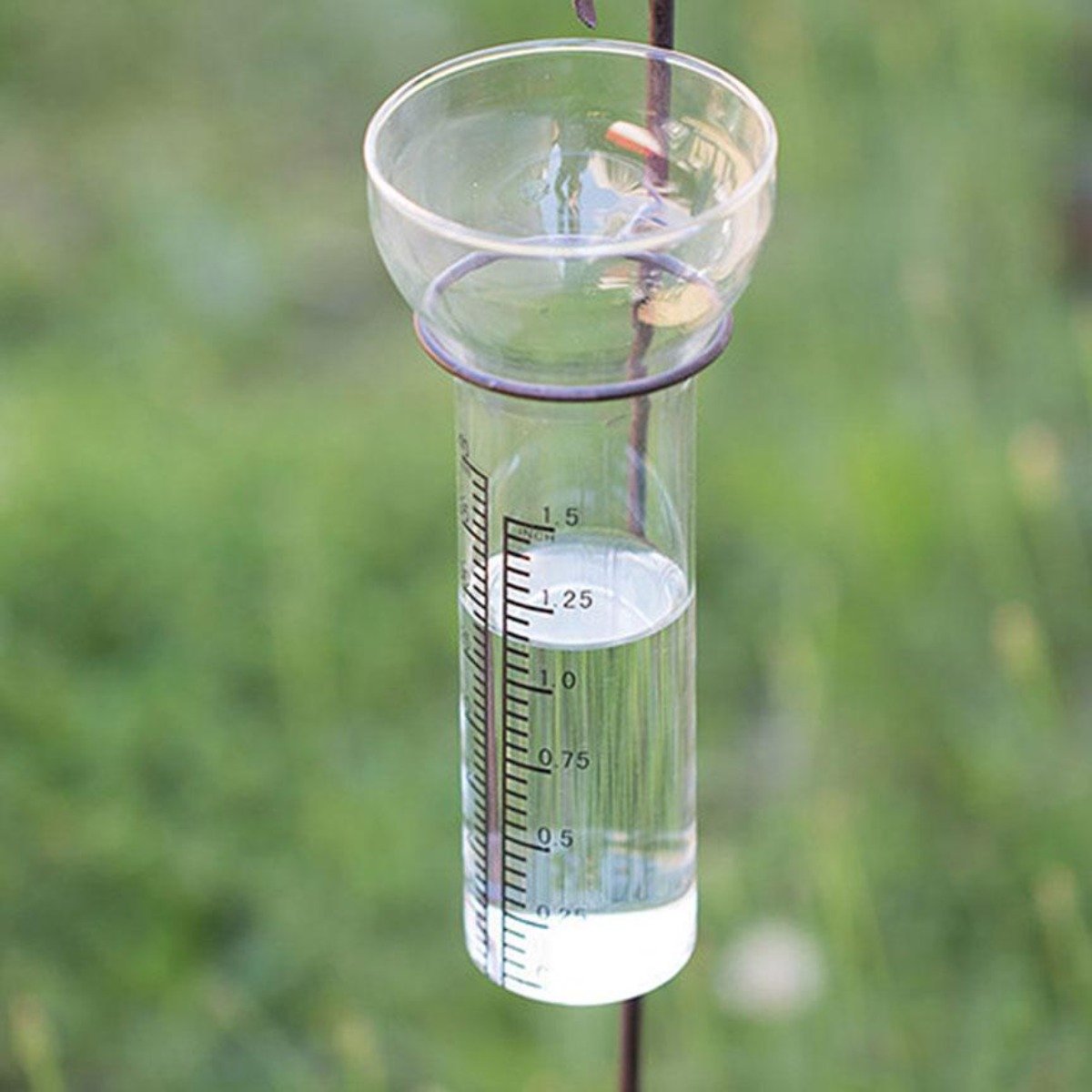The Rain Gauge: Analyzing Rainfall Patterns and Enhancing Climate Understanding
The Rain Gauge: Analyzing Rainfall Patterns and Enhancing Climate Understanding
Blog Article
Do It Yourself Rainfall Gauge: Simple Steps to Make Your Own
Are you thinking about tracking rainfall in your area? Creating your own DIY rain gauge is a effective and basic method to tape-record and gauge rainfall. With simply a few typical products and some basic steps, you can easily create your very own rainfall gauge in your home. In this guide, we will supply you with a step-by-step process to assist you produce your own rain scale. No demand for any type of specialized expertise or devices - this job can be completed by anybody. By following these simple guidelines, you will certainly have a reputable tool to determine rainfall and add to your understanding of the neighborhood weather patterns. Allow's get begun on making your DIY rainfall scale today!
Gather Materials
To start constructing your Do it yourself rainfall gauge, collect all the necessary materials making use of a comprehensive checklist of items. Having the ideal products on hand will certainly guarantee the successful production of your rainfall scale and enable for exact dimensions of rains. Gathering these products beforehand will improve the construction procedure and guarantee that you have whatever you need to produce your own DIY rain gauge.
Prepare the Container

Mark the Measurement Increments
To precisely gauge the quantity of rains, accurately noting the measurement increments on your do it yourself rain scale is crucial. Without clear and exact markings, it would be challenging to figure out the specific quantity of rains gathered in your rainfall scale. Below are the actions to note the dimension increments on your rain gauge.
The most usual systems for gauging rains are inches and millimeters. Once you have chosen the unit, utilize a long-term pen or waterproof paint to mark the increments on the side of your rain scale.
When noting the increments, it is necessary to guarantee that they are evenly spaced and plainly visible. Make use of a ruler or determining tape to ensure accuracy and consistency. In addition, see to it that the markings are immune to fading or scrubing off, as exposure to the components may cause them to degrade gradually.
Area the Rainfall Scale Outdoors
The rainfall gauge ought to be placed outdoors Full Article to accurately collect rainfall data. The place chosen for the rainfall gauge must be cost-free and open from any type of obstructions that could possibly impact the dimension of rains. The Rain Gauge.
Additionally, it is vital to position the rainfall scale on a steady surface, such as a degree ground or a tough article. This will prevent any kind of activity or tilting of the scale, which could bring about imprecise measurements. It is also recommended to prevent placing the scale near any kind of resources of synthetic water, such as sprinklers or drainage systems, as this could disrupt the precision of the dimensions.
Screen and Document Rainfall Information
Routine monitoring and recording of rainfall information is crucial for exact data analysis and analysis. By tracking rainfall measurements, you like this can obtain beneficial understandings right into climate patterns, climate patterns, and water resource monitoring. To effectively monitor and record rainfall information, it is very important to develop a routine and keep consistent methods.
First of all, make certain that your rainfall scale is positioned in an open area far from obstacles such as trees or structures that might obstruct rainfall. In addition, ensure the rainfall gauge is level and securely secured to stop any movement that could influence the precision of the measurements.

When taping the rains information, it is very important to note the date and time of each dimension. Utilize a ruler or a determining stay with figure out the rains depth in the rainfall scale, and record this details precisely.
To ensure the precision of the dimensions, it is recommended to clear the rain scale after each recording. This will avoid any overflow or dissipation from influencing subsequent dimensions.
Conclusion
In final thought, developing a DIY rain gauge is a easy and useful means to check and videotape rains information (The Rain Gauge). By following the steps described in this short article, you can easily gather materials, prepare the container, mark the measurement increments, and position the rain gauge outdoors. Routinely keeping track of and tape-recording rainfall information can offer important information for various functions
Having the best materials on hand will ensure you could try this out the effective production of your rain scale and enable for accurate dimensions of rainfall.To precisely measure the amount of rains, properly marking the dimension increments on your Do it yourself rain gauge is important.The rainfall scale must be placed outdoors to accurately accumulate rainfall data. The area picked for the rain scale need to be free and open from any kind of blockages that might potentially impact the dimension of rainfall.In verdict, creating a DIY rainfall gauge is a easy and useful method to keep an eye on and record rainfall information.
Report this page